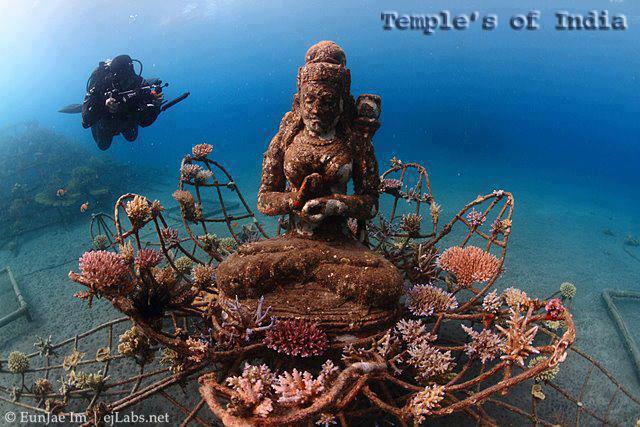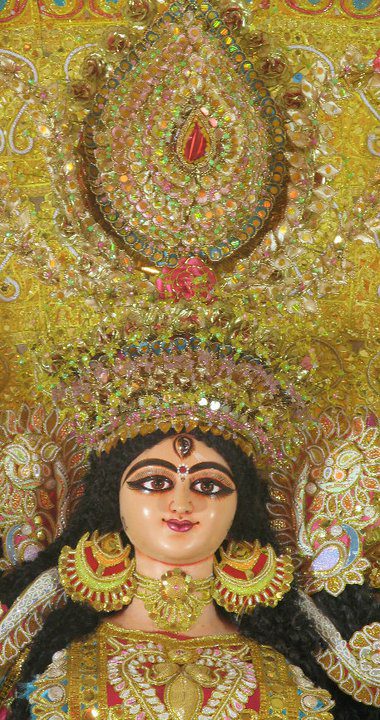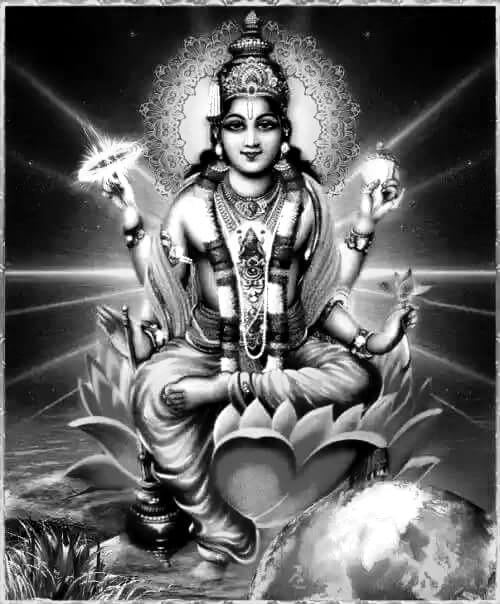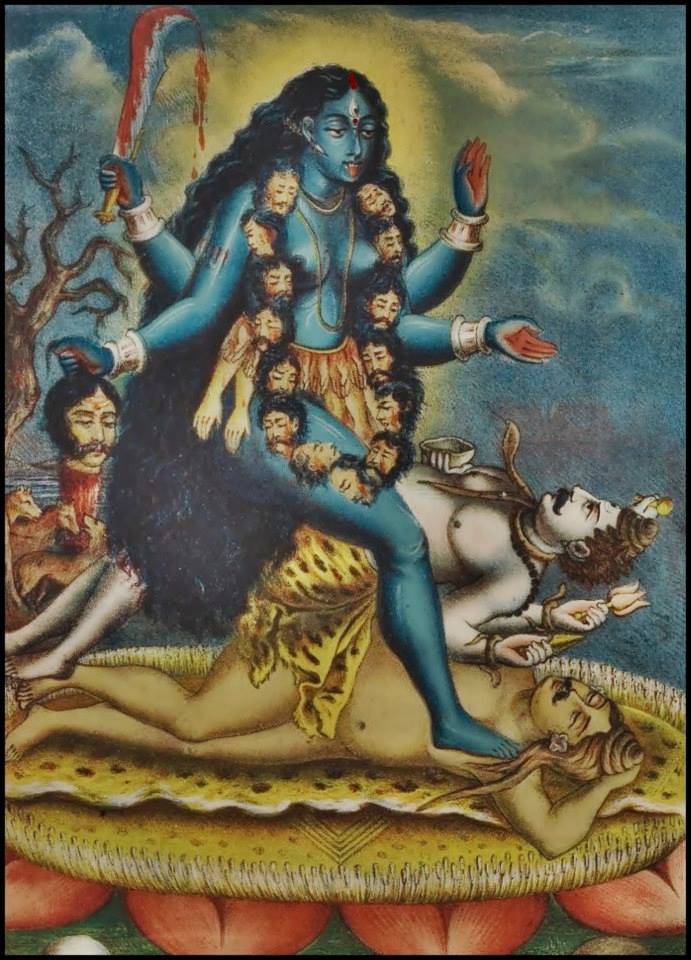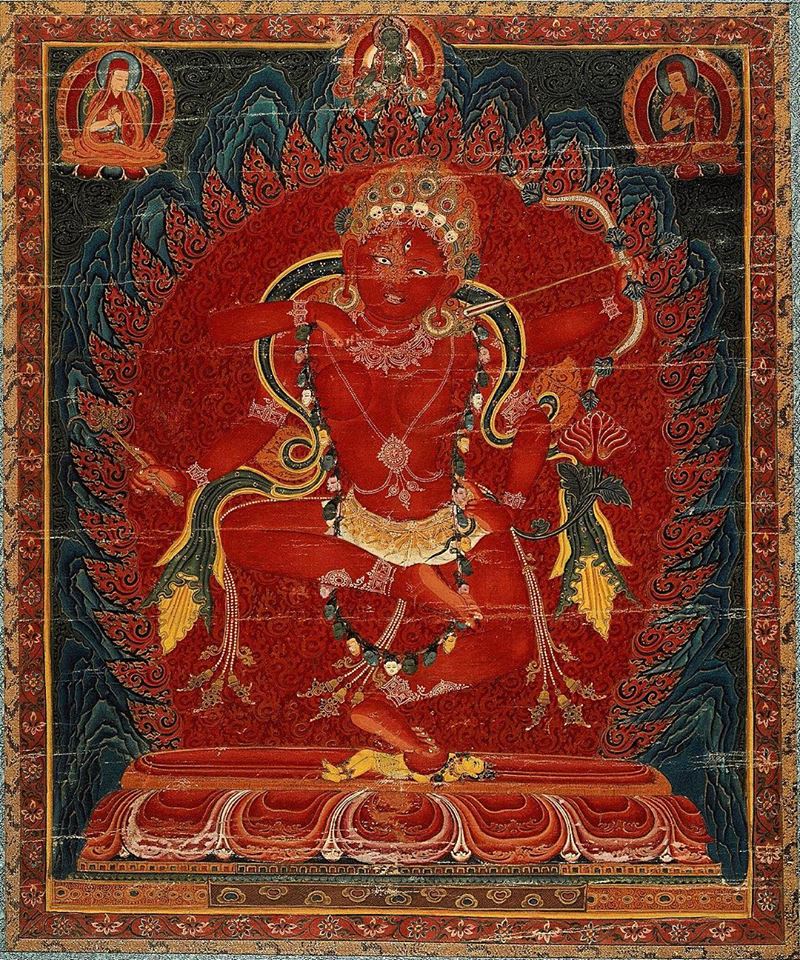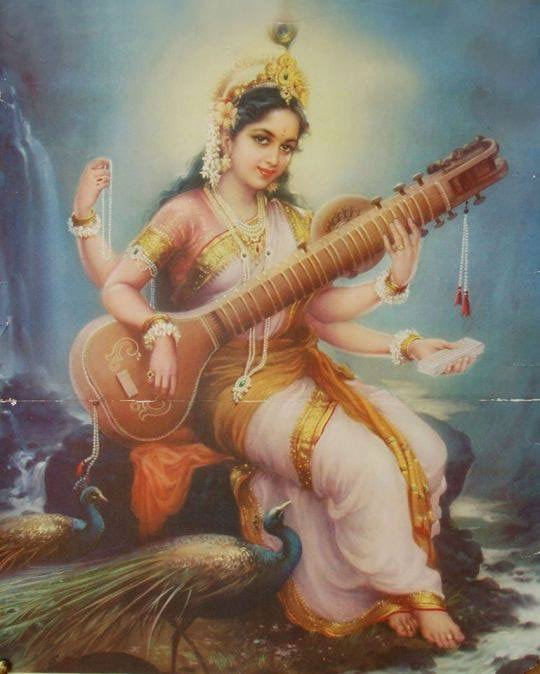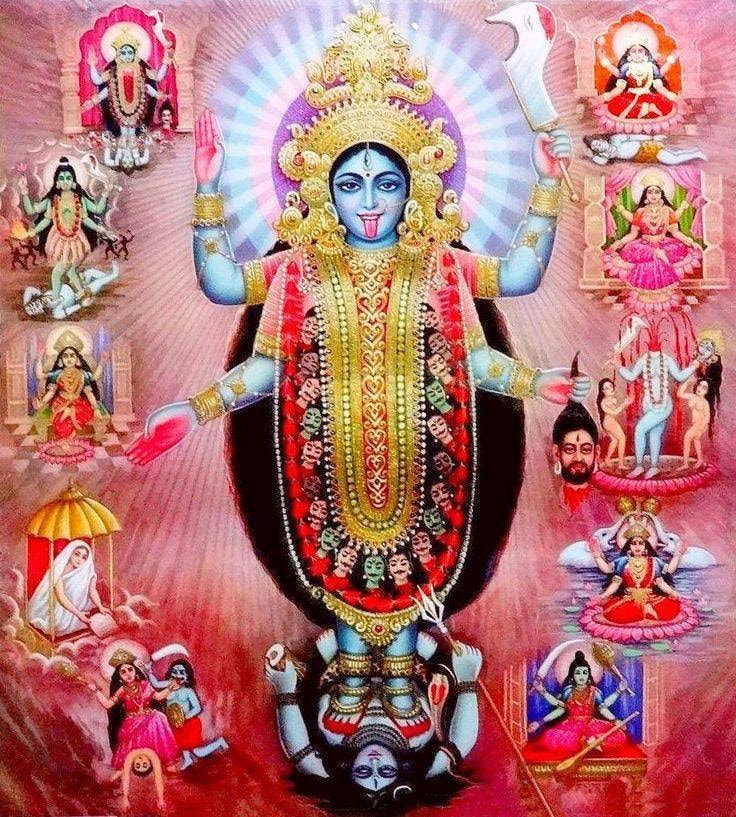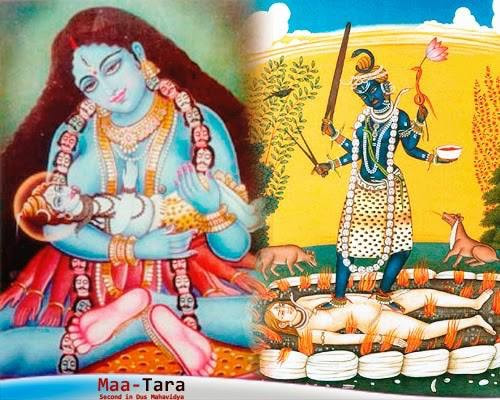
Centuries ago a great acharya walked the four corners of India. He was a divine visionary, a God-man. He addressed the then confusions in the scriptures and those created by deluded minds. He took it upon himse...lf to promote the growth of Sanatana Dharma in the face of intrusion by other faiths and religious practices an rituals. Such a soul was none other than Adi Sankaracharya. He established four sacred institutions called Sankara Mutts.
The first if these mutts is in Sringeri. Its main temple is that of Siva who’s called Candramoulisvara and also has a templefor Goddess Saraswati who is called as Goddess Sharada. Of note, Candramoulisvara in Chidambaran represents the the resplendent kundalini. Mahaperiyavaa prayed to Candramouliswara and Tripurasundari also.
Sringeri Mutt is on the banks of the Tunga River in Chikmagalur district in Karnataka state of South India. Apparently Shankaracharya, given his short life span of 32 years, resided in Sringeri and took to teaching there for twelve years. Sringeri Mutt is popularly known as the Jagadguru Sri Shankaracharya Mutt of Sringeri or Sri Sringeri Sharada Peetam. From the period of Sri Vidyaranya, the preceptor of the Vijayanagara Empire, the Acharyas of the Sringeri Sri Sarada Peeta are revered as Karnataka Simhasana Prathishtapanacharyas. Traditionally and according to the guru parampara, the head of the mutt is
venerated as Jagadguru.
Sri Sureshwara, the first Acharya of Sringeri Sarada Peetham was known as Mandana mishra in his Purvashrama. Because he was the most respected of Acharya's disciples, the other three amnayas also hold
great regard for Sringeri Peetham. Acharya established Sri Saradambal on Srichakra Peetham and named Sureshwaracharya as the Jagadguru of this Peetham. Sri Sureshwara is the author of many works like Naishkarmya Siddhi, Manasollasa, a commentary on Acharya's Dakshinamurthy Stotra, Vartikas on Acharya's
Taittariya and Brihadaranyaka Bhashyas and Panchikarana Vyakhyana. He lived as the head of the Peetham for more than seventy years and propagated the knowledge of Advaita in all directions. He also had many disciples from northern India. He attained Siddhi in A.D. 773. His Samadhi is located to the right of the present
Sarada temple and an idol of Sureshwaracharya has been placed on the Samadhi. The present acharya is Sri Sri Jagadguru Shankaracharya Sri Sri Bharati Tirtha Mahaswamiji avargal.
GODDESS SHARADA DEVI
is Guru Rupini; through the person of the Jagadguru, She dispenses Her Grace. She is the Goddes of Learning. She is the embodiment of all three Shaktis. Adi Sankaracharya describes Goddess
Sarada as Brahmavidya which is identical to the Incommensurable Brahman Itself. Mother Sharada transcends the three qualified conceptions, known as Trimurtis, and their corresponding Saktis being Mothers Saraswathi, Lakshmi and Ishwari. Thus at Sringeri Mother Sharada reigns as a single deity. Pujas to venerate are
done reciting Adi Shankara’s Lalitha Sahasranama. She is also known as Sri Sharada Parameshwari.
DEPICTION:
In Saradamba Temple in Sringeri, Goddesses Sarada Devi is enshrined seated on the Sri Chakra Peetham, holding a Japa Mala. In Her upper right hand with A parrot is perched on her upper right
hand. The lower right hand shows Chinmudra. While the upper left hand holds the Amrita Kalasa, the lower left hand has a book. Mothers depictions are spiritually symbolical. The Amrita Kalasa represents Immortality, the book signifies Supreme Knowledge, the rosary signifies the subtle Aksharas or Bijas
from which the gross forms of the Universe emanate, the Chinmudra stands for the awareness of the identity of the Jiva with the Brahman. It is believed that the original image of sandalwood was installed by Adi Sankaracharya was somewhere in
the 14th century with a golden image of Mother.
TEMPLE:
The Sharadamba temple is over 700 years old and was built at almost the same time as the
Sharada Mutt. The temple since then has undergone several renovations and the present renovated temple is in the south Indian Dravidian architectural style. There are also shrines to Shakti Ganapati and Bhuvaneswari here. There is also a shrine to Aadi Sankara here. Each Friday witnesses the procession of Saradamba
in a silver chariot around the temple. This processional deity of Mother is enshrined in southern prakaram. The Navaratri festival season also witnesses processions of the processional image of Saradamba. Also in this temple are shrines to Shakti Ganapati, Mahishasuramardini and Rajarajeswari.
The sanctum and the small hall in front of the temple are enclosed in a fine cabinet of polished granite and surrounded by a spacious single corridor. In the front, there is a pillared hall with exquisite carvings. The temple plan is such that the Goddess is visible even from beyond the entrance. A stone gopura adorns the
entrance. In the front mandap, the beautiful images of Rajarjeshwari and Mahishasuramardhini are eye-catching.
ADVAITA VEDANTA:
Following the tradition established by Adi Sankaracharya, the Sringeri Mutt follows the
philosophy of Advaita Vedanta. It is in-charge of the Black Yajurveda, which is prevalent in South India. The mutt has authority in the Smarta tradition. The swamis and gurujis in the mutt spend several hours in prayers and contemplation. They practice intense penance and meditation on the rudraksha and tulasi beads.
They are seen with vibhuti clad foreheads and ochre robes. Their sleep and means
are minimal.
The Sringeri gurus advocate that an individual must not merely revere a guru and listen to his teachings, but imbibe the good habits of the guru in their own life. Some of the things advocated by the gurus are:
1.Sattvic habits, which include vegetarianism, cleanliness, discipline, etc.2.Regular worship of God and development of bhakti. 3.Giving importance to learning and knowledge.4.Good conduct, honesty, generosity, and adherence to scriptures.5.Austerity and simplicity.6.Love, respect, and responsibility towards one's family or community and 7. Destruction of pride and ego.
The basic teachings are advaita vedanta and the mundane manifestations of the one cosmic spirit called Brahaman. The innermost Self is not different from Brahman. Thus they subscribe to the Vedic phrase Aham Brahmasmi – I am the Universal spirit. Maya gives rise to the material world. It is like a temporary
dream, so they believe that one should be involved in the material to the extent it is necessary to earn a decent living and to proceed towards the purushartha goals of dharma, arta, kama and moksha.
Om Nama Sivaya.
(draft folder 9. Gods and Goddesses)
Yogi Ananda Saraswathi
-----------------------------------------------------------------------------------------------------------------------------
I wrote the below response to the modern American scholars making claims, linking Saraswati to only one part of India. This new breed of so called Scholar Practitioner going around bragging they are the ones, most have not even been to India, Kashmir or Nepal. Today all running tour operator businesses, who have no experience in the tour business? Jokers, not even certified Tour operators let alone PHD's.
It is the indigenous people of India/Nepal who are the experts, there are millions. Western Scholars and modern scholars are only so called experts of Copy and Paste from one book to their own made up books, translations that are not accurate, which waters down and reduces these precious indigenous traditions. A one word English translation can never equal one word of Sanskrit.
Trishula Musings: 202o and below Trishula Musings from 2012.
---------------------
No need for revival Sarada Maa the Goddess of all of India is alive and well there are thousands of names of both Sarada and Saraswati.
Sharada is another name for Saraswati. There is no need to put emphasis on her being Tantric this is a well known fact. Remember Sarada Maa is Ramakrishna Parmahamsa's wifes name (a Tantric) name.
To understand India one must understand all of India instead of reducing, making as if one has found or discovered something new. When someone makes claims as such it leads me to think of cultural appropriation at its worst.
To make fantastical claims one must spent at least 20/30 years in India to understand the culture which goes hand in hand with any knowledge and on should have an understanding of all the regions within India.
SHARADA or SARADA is another name for Saraswathi she is the Goddess of Music and Learning in all of India and is worshiped in all of India since the beginning of time. In South India she is alive and well.
In Bengal they have been doing Saraswathi Puja Basant Panchami forever, they chant the many thousand names of Saraswathi or the Sharada Sahasaranama/Saraswathi Sahasaranama are well known within the traditions. The rituals, mantra's of Sarada Maa have been practiced and known for thousands of years in India. She belongs to all of India.
Do not make claims about uncovering some kind of ancient knowledge in regards to India that only belongs in one school. Please think again, India is huge in lineage and tradition and most of it has not come to the West. Why? because it is held secret so that it is not exploited for Yoga classes ect... exchange of money.
Respect and Humility mean more than just saying I have respect and humility, it means if you take from India give it all back, don't take credit or keep it for yourself or sell the information, it is not a career. Indian people for thousands of years have given up their lives to preserve and know that book learning Sanskrit is way different from Oral Sanskrit.
Om Namo Shardaya
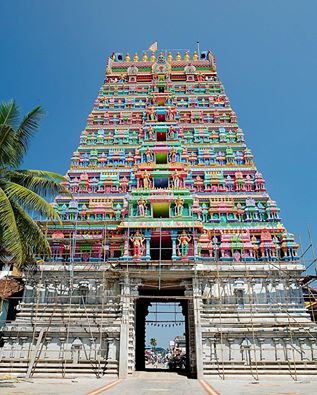





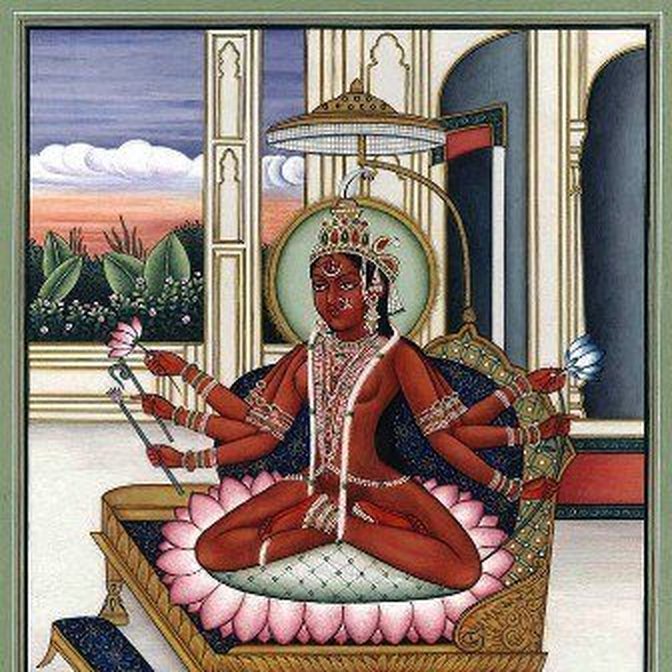








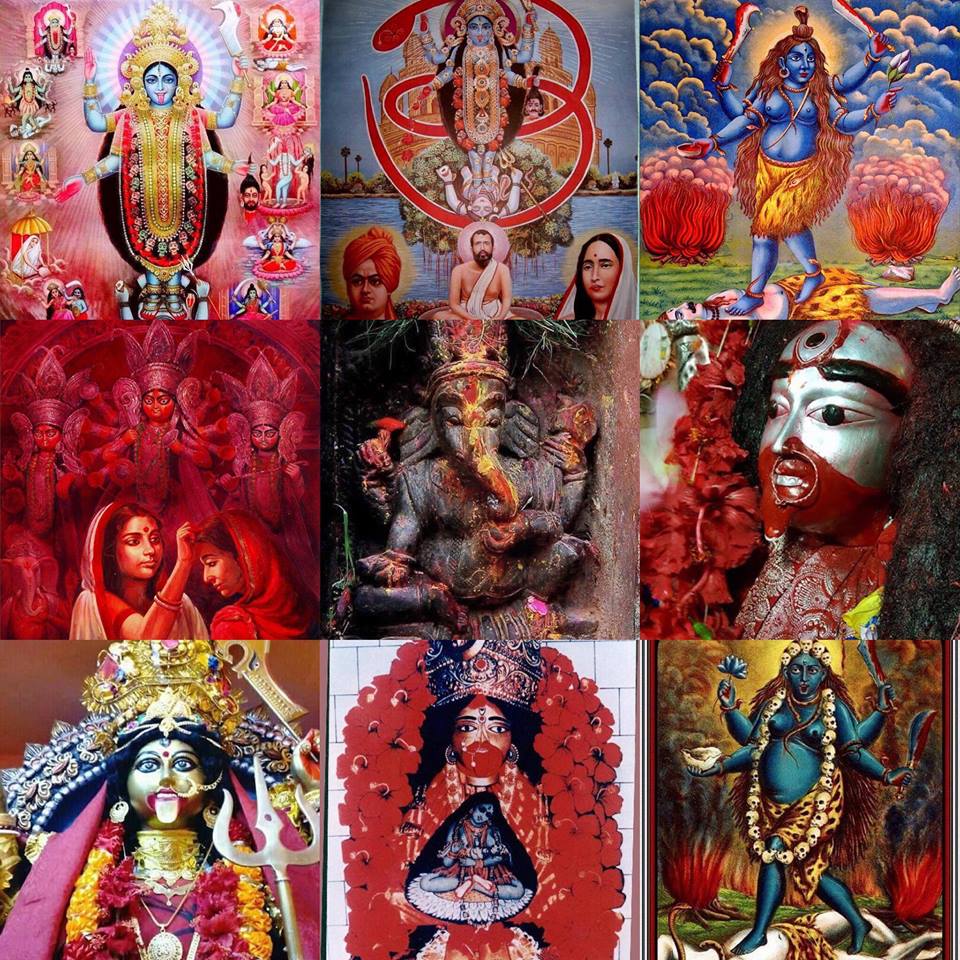
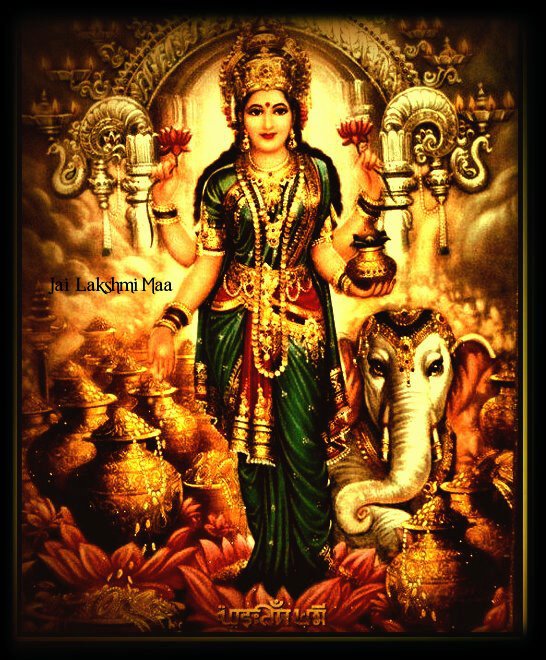

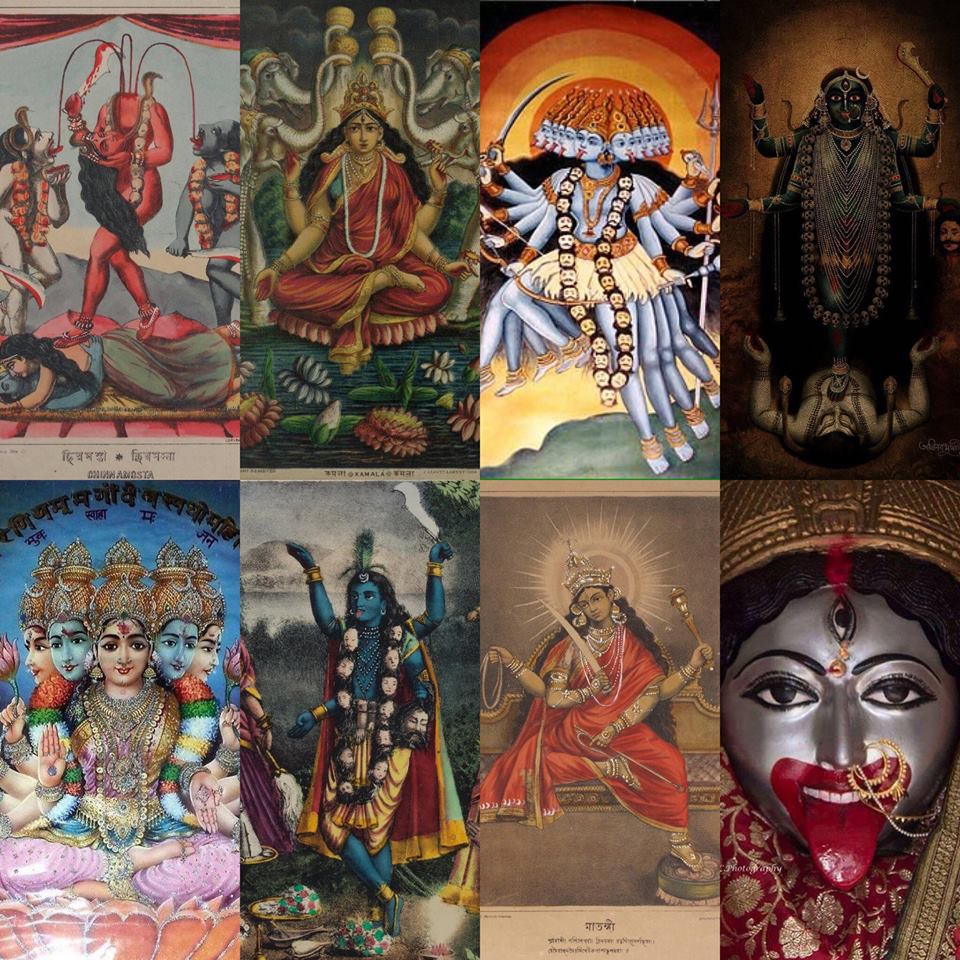
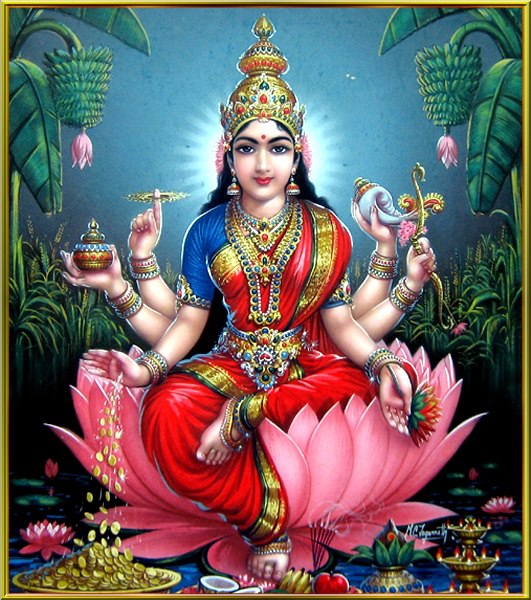



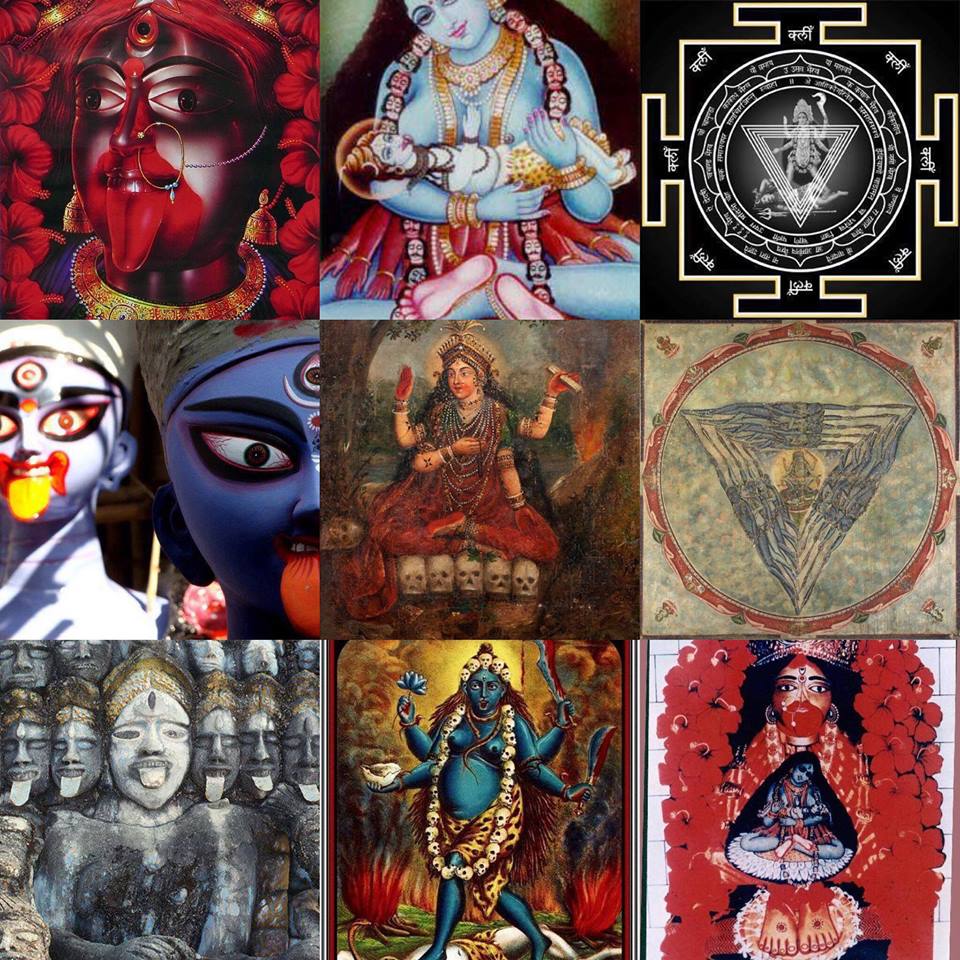


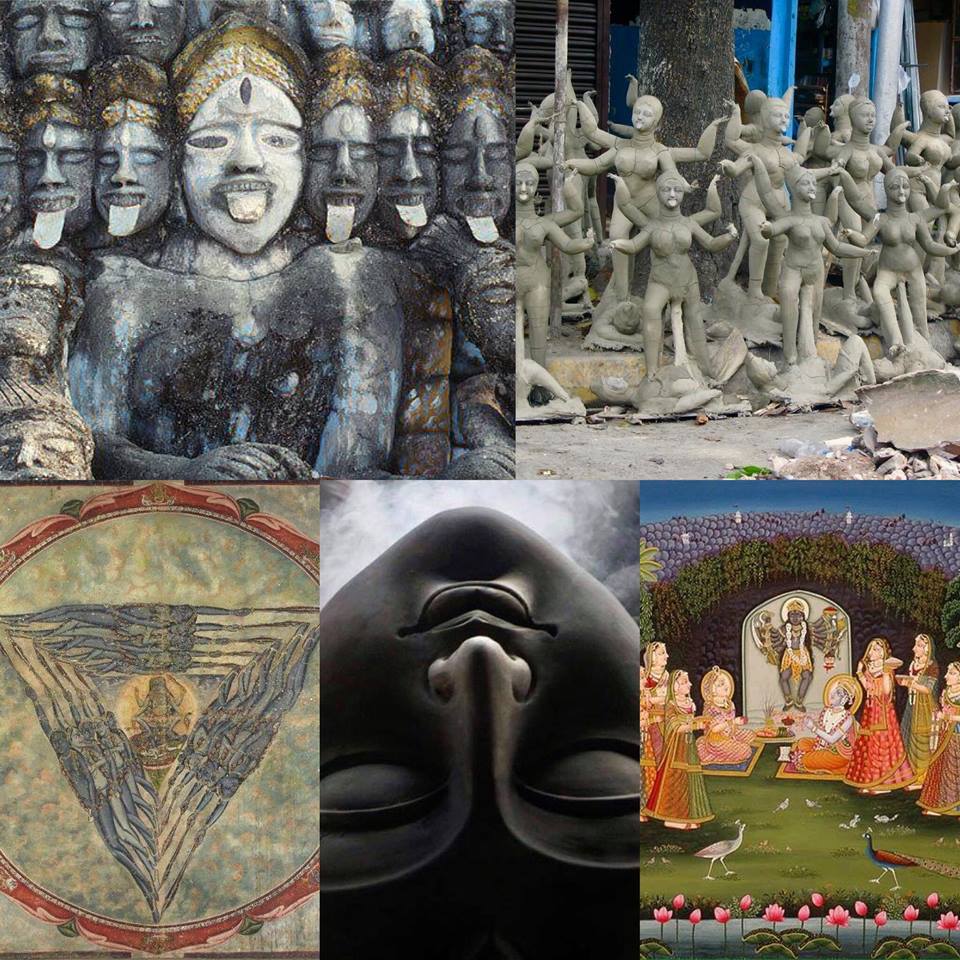







 RSS Feed
RSS Feed























